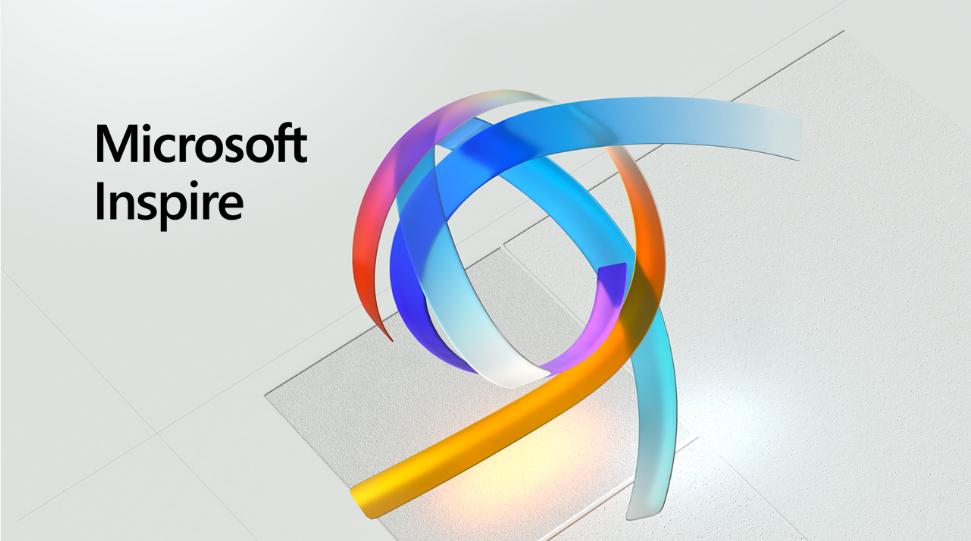The application of computer vision in healthcare has been nothing short of groundbreaking.
From enhancing medical imaging to improving diagnostics, this advanced technology has revolutionized the way healthcare professionals provide care to their patients.
In this article, we’ll explore the fascinating world of computer vision healthcare, its impact on medical imaging and diagnostics, and the programming codes and real-life examples that make it all possible.
🔬 Computer Vision Healthcare: Transforming Medical Imaging
Medical imaging has been a crucial component of modern medicine, allowing doctors to visualize the inner workings of the human body non-invasively.
However, traditional imaging techniques can be time-consuming, expensive, and subject to human error.
Enter computer vision, a field of artificial intelligence (AI) that enables machines to understand and interpret visual information.
By leveraging machine learning algorithms, computer vision healthcare systems can analyze medical images more accurately, efficiently, and consistently than human experts.
For example, convolutional neural networks (CNNs) have been used to detect and classify tumors in mammograms, lung cancer in CT scans, and diabetic retinopathy in fundus images.
These systems can process thousands of images in minutes, freeing up valuable time for healthcare professionals to focus on patient care.
🔎 Diagnostics: Unleashing the Power of AI
The impact of computer vision extends beyond medical imaging to the realm of diagnostics. With the ability to analyze vast amounts of data, AI-driven systems can identify patterns and correlations that may be missed by human clinicians.
This leads to faster, more accurate diagnoses and personalized treatment plans.
A real-life example of computer vision in diagnostics is Google’s DeepMind, which has shown impressive accuracy in diagnosing age-related macular degeneration and diabetic retinopathy from retinal scans.
Another example is Aidoc, a startup that uses AI to detect acute conditions in medical images, such as pulmonary embolism, intracranial hemorrhage, and cervical spine fractures.
🤖 Ethical Considerations and the Future of Computer Vision in Healthcare
As computer vision healthcare continues to advance, it is essential to address ethical concerns and potential risks associated with its implementation.
Some key considerations include:
- Data Privacy: Ensuring that sensitive patient data is protected and handled securely is crucial to maintaining trust in computer vision healthcare systems. Strict adherence to data protection regulations, such as HIPAA and GDPR, is necessary.
- Algorithmic Bias: Training datasets must be diverse and representative to avoid potential biases in the AI system. Unintended biases can lead to inaccurate or unfair treatment recommendations, adversely affecting patient care.
- Transparency and Explainability: The decision-making process of AI-driven systems should be transparent and easily understandable by healthcare professionals. This helps to build trust in the technology and facilitate its integration into clinical workflows.
- Human Oversight: While computer vision can provide valuable insights and improve efficiency, it should not replace human expertise. Instead, AI-driven systems should be designed to complement and support healthcare professionals in their decision-making processes.
The future of computer vision in healthcare is bright, with continued advancements in AI and machine learning technologies promising to revolutionize medical imaging and diagnostics further.
By addressing ethical concerns and working collaboratively, healthcare professionals and AI researchers can ensure that these innovations lead to better patient care and improved health outcomes for all.
💻 Programming Codes and Examples
To give you an idea of how computer vision works in healthcare, let’s look at a simple Python code snippet using the popular OpenCV library to detect lung nodules in a CT scan:
import cv2
import numpy as np
# Load the CT scan image
image = cv2.imread("lung_CT_scan.png", cv2.IMREAD_GRAYSCALE)
# Apply a Gaussian blur to reduce noise
blurred = cv2.GaussianBlur(image, (15, 15), 0)
# Threshold the image to highlight potential nodules
_, thresholded = cv2.threshold(blurred, 127, 255, cv2.THRESH_BINARY)
# Find contours in the thresholded image
contours, _ = cv2.findContours(thresholded, cv2.RETR_EXTERNAL, cv2.CHAIN_APPROX_SIMPLE)
# Filter out small contours (noise)
filtered_contours = [c for c in contours if cv2.contourArea(c) > 100]
# Draw contours on the original image
result = cv2.drawContours(image, filtered_contours, -1, (0, 255, 0), 2)
# Display the result
cv2.imshow("Detected Lung Nodules", result)
cv2.waitKey(0)
cv2.destroyAllWindows()
This simple example demonstrates how computer vision can be used to identify lung nodules in a CT scan.
While this code is not as advanced as some of the AI-driven systems mentioned earlier, it offers a glimpse into the potential of computer vision in healthcare.
🎯 Real-life Examples: Making a Difference in Healthcare
- Zebra Medical Vision: This AI-driven medical imaging startup uses computer vision to detect various diseases, such as liver and lung cancer, cardiovascular diseases, and osteoporosis, in X-rays, CT scans, and MRI images.
- Butterfly Network: The company has developed a portable, handheld ultrasound device called the Butterfly iQ, which uses computer vision algorithms to assist in image acquisition, interpretation, and diagnosis, making ultrasound technology more accessible and affordable.
- PathAI: PathAI utilizes computer vision and machine learning to improve the accuracy and efficiency of pathology diagnosis, enabling pathologists to identify diseases like cancer more accurately and quickly.
🙋 FAQ
What is computer vision in healthcare?
Computer vision in healthcare refers to the application of artificial intelligence and machine learning algorithms to analyze and interpret medical images and other visual data, leading to improved medical imaging, diagnostics, and patient care.
How is computer vision used in medical imaging?
Computer vision is used in medical imaging to process and analyze images more accurately, efficiently, and consistently than human experts.
It can detect and classify tumors, identify diseases, and provide other valuable insights from medical images such as X-rays, CT scans, and MRIs.
What are some real-life examples of computer vision in healthcare?
Real-life examples of computer vision in healthcare include Zebra Medical Vision (disease detection), Butterfly Network (portable ultrasound devices), and PathAI (pathology diagnosis).
Can computer vision replace human experts in healthcare?
Computer vision is not meant to replace human experts but rather to assist and augment their capabilities.
By automating repetitive tasks and providing valuable insights, computer vision allows healthcare professionals to focus on patient care and make more informed decisions.
What are the potential challenges and limitations of computer vision in healthcare?
Challenges and limitations include the quality of medical images, data privacy concerns, the need for large and diverse training datasets, algorithmic bias, and the integration of computer vision systems into existing healthcare workflows.
🎉 Conclusion
Computer vision healthcare is transforming the way medical professionals diagnose and treat their patients.
By harnessing the power of AI and machine learning, computer vision systems are revolutionizing medical imaging and diagnostics, leading to faster, more accurate, and personalized treatment plans.
As we continue to explore the potential of this cutting-edge technology, it is essential to address the ethical concerns and challenges that arise to ensure its successful integration into the healthcare landscape.
So, are you excited about the future of computer vision in healthcare?
We certainly are! 🎉 Stay tuned for more updates and insights into this fascinating field as it continues to evolve and reshape the world of medical imaging and diagnostics.
Thank you for reading our blog, we hope you found the information provided helpful and informative. We invite you to follow and share this blog with your colleagues and friends if you found it useful.
Share your thoughts and ideas in the comments below. To get in touch with us, please send an email to dataspaceconsulting@gmail.com or contactus@dataspacein.com.
You can also visit our website – DataspaceAI


